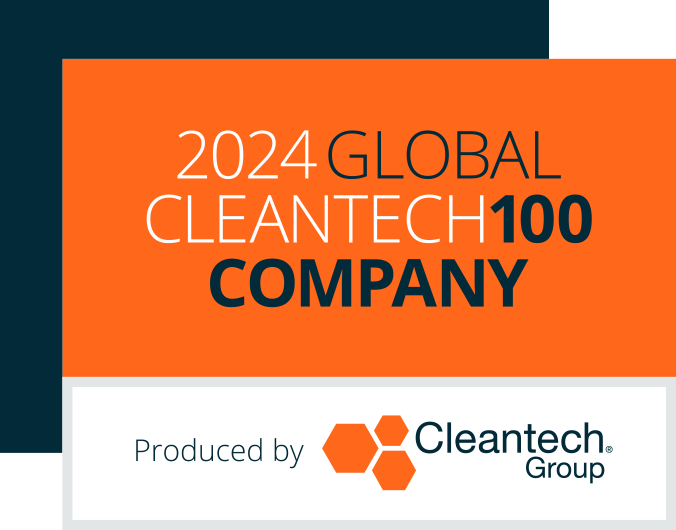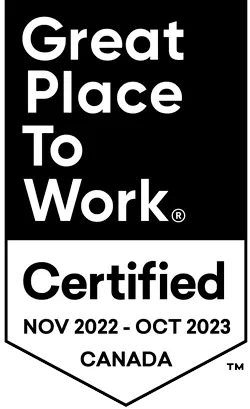What are the primary anthropogenic sources of CO2?
There are both natural and human sources of carbon dioxide (anthropogenic) emissions.
Natural sources include decomposition, ocean release and respiration.
Anthropogenic CO2 sources are part of our everyday activities and include those from power generation, transportation, industrial sources, chemical production, petroleum production, and agricultural practices. Many of these source types burn fossil fuels (coal, oil, and natural gas), with CO2 emissions as a by-product.
What are the ways to capture carbon?
There are two ways: At Stationary Point Sources and Direct Air Capture (DAC)
- Stationary Point Sources: Stopping carbon dioxide from entering the atmosphere in the first place, by filtering out CO2 from the diluted process stream before it goes out into the smokestack of an industrial facility.
- There are to main point sources: natural gas purification to remove CO2 /CH4 in order to make pipeline grade natural gas, and post-combustion removal of CO2 /N2 contained in flue gas.
- The first-generation technology is based on a liquid absorbent primarily amine-based solution.
- The second generation is based on a solid adsorbent using nano-materials.
- There are to main point sources: natural gas purification to remove CO2 /CH4 in order to make pipeline grade natural gas, and post-combustion removal of CO2 /N2 contained in flue gas.
- Direct Air Capture: Removing carbon dioxide already released into the air, through direct air capture (DAC) using either a liquid absorption or solid adsorption process.
Since when?
A long time, approximately 70 years.
Surprisingly, carbon capture technology has been used for decades in heavy emission industries. The oil and gas industry has used carbon capture as a means to improve and increase their fossil fuel recovery abilities since the 1950’s, only in recent years has research and development focused on using carbon capture for post-combustion environmental issues to mitigate climate impact.
Some of the reasons for this are the major cost, energy, and research requirements needed to successfully implement these technologies. With ongoing technological advancements, climate change impacts, changes in public opinion, and regulatory pressures going on in the world today carbon capture has become more viable than ever; especially capturing CO2 at stationary point sources. In fact, based on the Intergovernmental Panel on Climate Change’s (IPCC) special report, carbon dioxide removal will be required in all of their successful scenarios to help cancel out CO2 produced from power plants and industrial sources where there are next to no mitigation measures currently, like long-haul airline flights.
In light of these advancements, significant progress has been made in carbon capture technologies, for both second-generation stationary point sources and direct air capture.
What are the differences between point sources and direct air capture?
Both technologies capture CO2, but in fundamentally different ways. Direct air capture (DAC) captures CO2 directly from the air where the concentrations are 0.04% (around 400 ppm). At point sources, concentration can reach 20% or less to 4%.
An important factor to consider when discussing carbon capture technologies is the CO2 concentrations and the other constituents to separate from (nitrogen or methane). The higher the concentration is, the lower will be the carbon capture cost.
Also, the carbon capture plant size is an important factor. Like any industrial process, there is an effect of economic of scale to reduce the capital intensity.
Why is Svante cheaper than other point sources capture companies?
Svante offers companies in industries with unavoidable emissions a commercially viable way to capture large-scale CO2 emissions from existing infrastructure at half the capital cost of traditional solutions due to process intensification (a methodology for making remarkable reduction in equipment size, energy consumption, while achieving a given production goal).
Svante is developing proprietary sorbent materials, nano-filter, process cycle, equipment and processes for efficient capture of CO2 from dilute flue gas containing nitrogen of industrial plants and air capture. The proprietary process intensification is based on a single equipment to catch and release CO2 in less than 60 seconds and without the need of expensive stainless-steel material of construction.
The technology is based on direct intensified rapid cycle thermal swing adsorption (iTSA). Rapid cycle temperature swing operates orders of magnitude faster (seconds rather than hours) than the conventional temperature swing adsorption process. Svante novel structured adsorbent filter is designed with proprietary thermal conductive matrix to enable rapid cycle temperature swing which is about 40 – 100 times faster compared to a conventional TSA.
Much of the excitement over carbon capture is due to a new class of nanomaterials (sorbents). These new materials exhibit far sharper temperature and pressure swing absorption and desorption that will allow lower parasitic energy loads and faster kinetic rates for process intensification.
Conventional TSA is a cyclic process using multiple adsorbent contactors or adsorbers working in parallel at sequentially staggered steps of the cycle. Each adsorber contains an adsorbent material (sorbent) contacting flow passages for the process fluids undergoing adsorptive separation. TSA processes may be direct or indirect.
In a direct TSA process (such as Svante), the relatively lower temperature of the adsorbent during the CO2adsorption step reflects the temperature of the feed flue gas as fed to the adsorber, while the relatively higher temperature of the adsorbent during the regeneration step reflects the relatively elevated temperature generated by the steam injection.
In an indirect TSA each adsorber is configured as a heat exchanger with separate channels for heating/cooling fluid to establish relatively higher and lower temperatures of the adsorbent during the regeneration and adsorption steps respectively.




